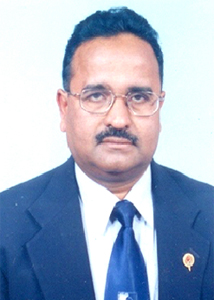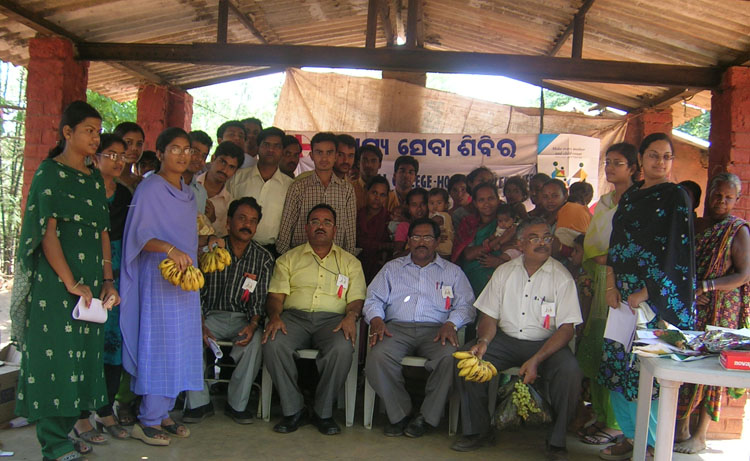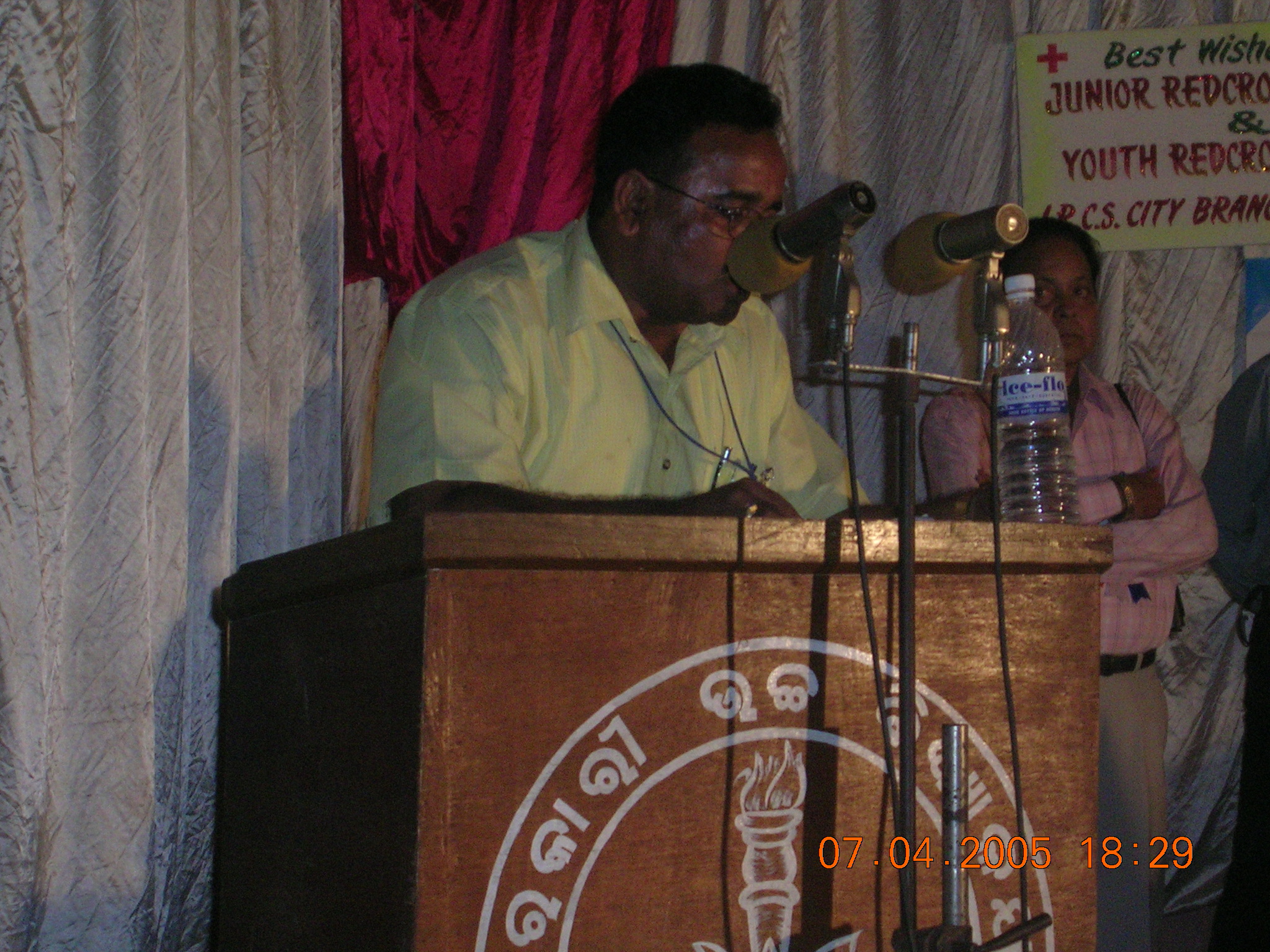Orissa Centre
| Phase One | Phase Two | Phase Three | |||
| Centre: | Orissa, India ( Indian Sub-Continent ) | ||||
| Principal Investigator: | Dr Pradeep Kumar Kar | ||||
| Age Groups: | 13-14, 6-7 | Timeframe: | March 1995 to July 1995 | ||
| Sampling Frame: | |||||
Personnel
Personnel
Dr Pradeep Kumar Kar

Consultant pediatrics
qrs.no.-C/163
Sector-6
ROURKELA-769002
India
Roles:
- Phase One Principal Investigator for Orissa
Background
- Asthma, Allergic rhinitis, Dermatitis in childhood are the common issues of concern in pediatric O.P.D.
- Incidence, aetio-pathogenesis & treatments are often scientifically challenged where as, the rational practice in their management are far from real as on date. Consensus asthma management protocols by Indian Academy of Pediatrics (IAP) are yet to be popularized in the country. Asthma management varies from place to place. It is significantly dependant on the knowledge of the treating pediatrician, socio-economic & geographical accessibility and health seeking behavior of the concerned patient /caretaker.
- So, the issue appeared significant, need-based &challenging.
Constraints faced
- Child health status is critical in Orissa ( IMR is 97 per 1000 live births as per the 2002 census report).
- The existing deficit health facility is geographically & socio-economically inaccessible to the rural poor in Orissa. Prevailing poverty, & illiteracy either delay or neglect the health seeking behavior.
- The above project was taken up at Purnapani in Sundergarh district & was completed at Bolani in Keonjhar district in Orissa. Both were tribal dominated rural villages where I was working in the respective mines hospital. Patient care, social living, office practices were all in a primitive way.
Experiences
Nearly a decade has been passed since I submit my final report. Personal experiences written below are significant to me because they are fresh in my memory till date.
- Answering to each & every letter, repeated visit to the concerned schools, communication to the students, teachers, parents, data compilation, format etc. & computer typing had consumed a lot of my personal time & money. For about two and a half years I had to cancel all my personal & family commitments.
- Roads & communications in these areas are so poor that one may not imagine the risk unless & until one experiences it personally. During rainy days the fair weather roads make the movement impossible & risk taking as well. Schools were poorly attended during those days. More frequent visits were made to achieve the assigned 90% target or so. There was a Muslim girl’s school run in the owner/principal’s personal residence complex, which was the school with lowest number of enrollments.
- Chinmaya Vidyalaya of Rourkela was the excellent among the lot. The principal & other teachers, the students, parents co-operated in the study in a much organized & disciplined manner. At the end, the entire team was specially thanked on behalf of the ISAAC member group. The senior students enjoyed the video clipping on asthma & asked many questions on the issue, which were answered. A student asked & noted the full form of ISAAC in his class note- book.
- There was a primary school (for 6 to 7 years age group) near Bolani mines in a remote tribal village, the name I am forgetting now. The village had a few thatched hurts, some of them were without any roof top, placed discretely (very low population density, i.e. persons/square k.m.). It was a government aided tribal school with provisions of free mid-day-meals for the enrolled students. Teachers of the school accommodate themselves in some of those local hurts & were utilising open-air field for their toilet & bath irrespective of their sex. The Government constructed tin-top school building did not have even a single window or door. The night time sheep & cattle-shed was utilized as a class- room by the poor young children. I wish, I could have taken photographs of the dirty class- room floor full of dry cow dung & animal excreta.
Final out come
My contribution to the entire investigation may be negligible. But personally I was benefited in many ways. The whole credit for this I would like to give to the team who designed the project text. The communication methodology and language advocated were distinct and universally accepted. Comprehensive social health communications, adopted during the event were well appreciated by the students, teachers and parents. This was in addition to the determination of incidence rate of Asthma, Allergic rhinitis etc. among the target groups. Hence, these personal observations should not be considered as the facts meant to dilute the main objectives of ISAAC studies. Subsequent community health communication ,events were organized with confidence and enthusiasm. Health promotional events were modified from time to time by the rich experience gathered during ISAAC phase –1 study. During the year 1999 & 2000, I was elected twice to the National Executive board (from East Zone) Indian Academy of Pediatrics (IAP). Pulse polio, Breast feeding promotion, Nutrition education, mass child health camp, health awareness building were few (worth mentioning) of such health promotional events. IAP Orissa State branch was energized by forming district branches, and encouraging and participating in various child health activities.


